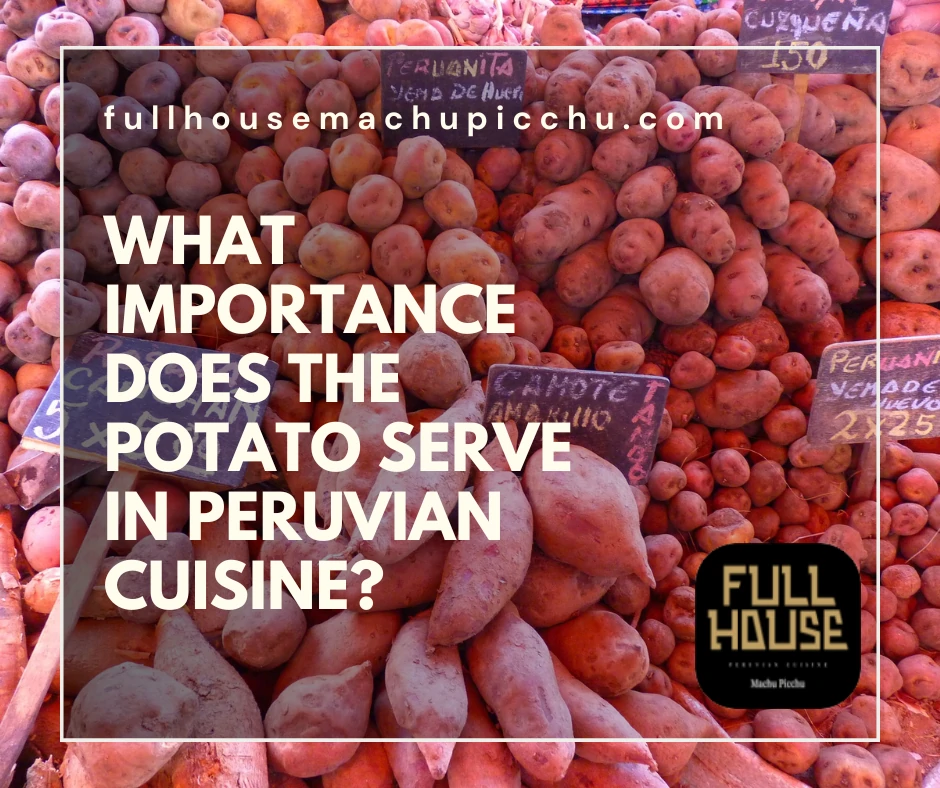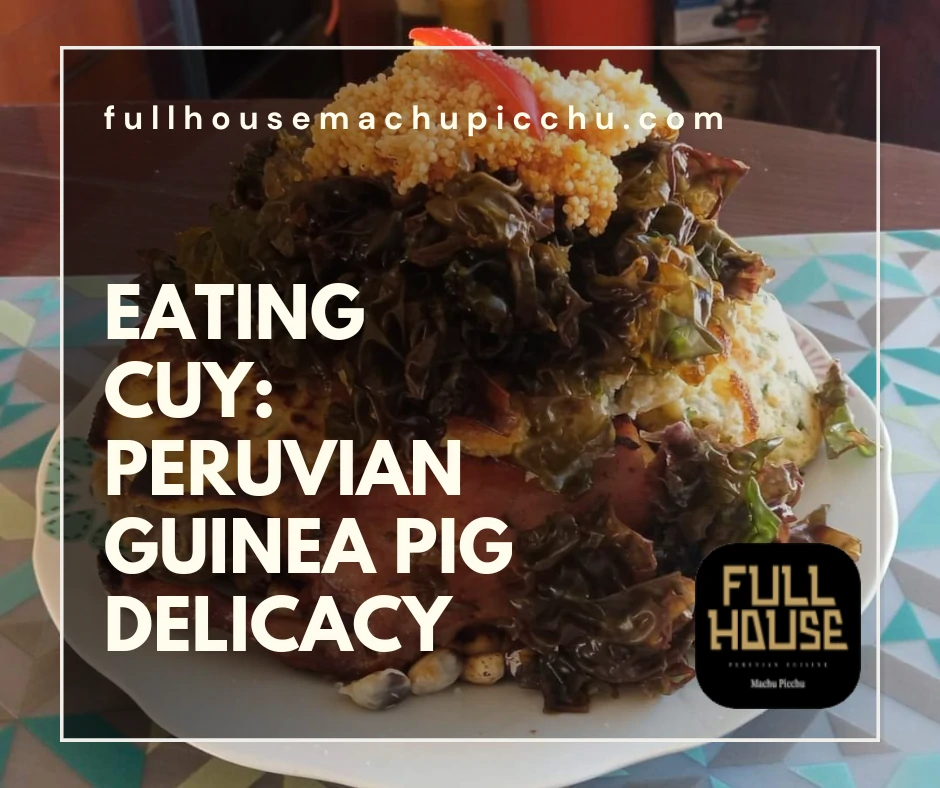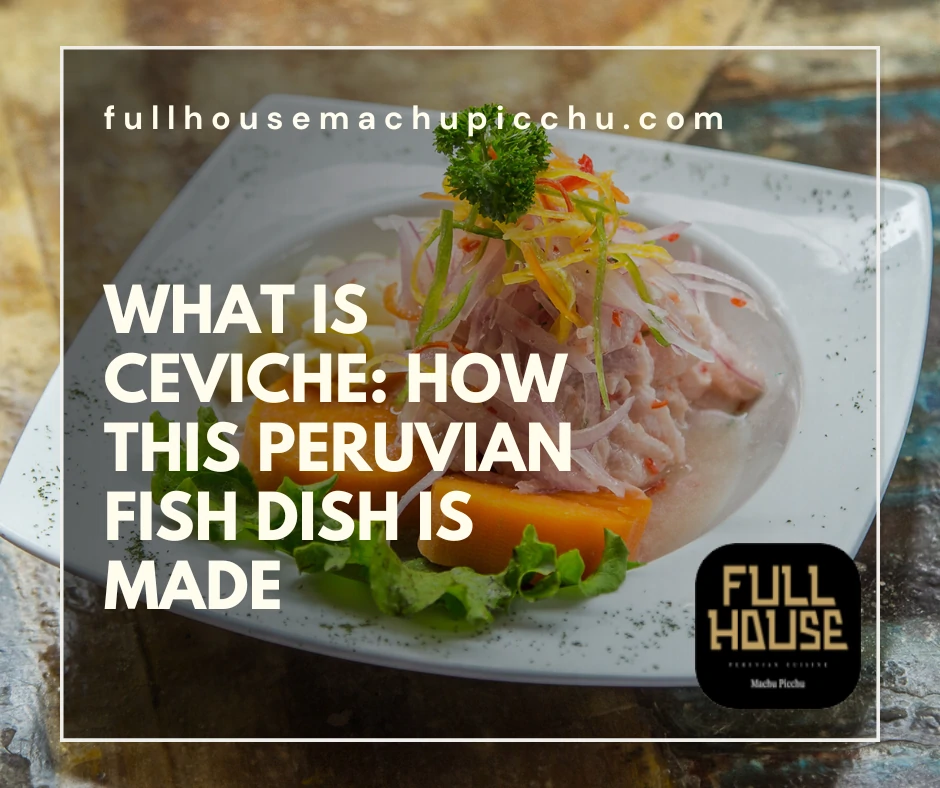The potato, the humble yet versatile tuber, has long held a special place in the hearts and stomachs of Peruvians. This unassuming vegetable has woven itself into the very fabric of the country’s culinary heritage, playing a pivotal role in shaping the flavors and textures of traditional dishes.
In this article, we will delve into the historical and cultural significance of the potato in Peruvian cuisine, and explore how this Andean treasure has transcended mere sustenance to become a symbol of national pride. From the seemingly infinite varieties to the innovative preparations that showcase the potato’s adaptability, join us as we embark on a flavorful journey through Peru’s love affair with this remarkable tuber.
The potato’s deep roots in Peruvian culture
The story of potatoes in Peru dates back over 8,000 years. In the highlands of the Andes, ancient civilizations first cultivated these tubers. The Incas, in particular, held potatoes in high esteem, both as a staple food and for ceremonial purposes.
The potato’s versatility made it a perfect fit for Peru’s diverse climates and culinary traditions. As the country’s geography shifted from the coastal lowlands to the high mountains, so did its use of potatoes. In coastal regions, the tuber is often paired with fresh seafood, while in the Andes, it complements hearty stews and spicy food.
Peru’s rich history of potato cultivation is evident in the sheer variety of tubers available today. With over 3,000 different types, it’s no wonder the potato is a fundamental ingredient in Peruvian cuisine. Each potato variety has its own distinct taste and texture, allowing for endless culinary possibilities.
The Spanish conquest of the Inca Empire in the 16th century saw the potato introduced to Europe. The tuber’s adaptability to different climates and environments made it a valuable crop globally. Despite its widespread adoption, the potato’s true origins in Peru remain a source of national pride.
Over the centuries, Peruvian cuisine has evolved and adapted to include influences from various cultures. However, the potato remains a steadfast symbol of Peruvian culinary identity. Its deep roots in the country’s history and culture make it an indispensable ingredient in traditional dishes.
In modern times, the potato has experienced a resurgence in popularity, with chefs across the globe discovering its versatility. Peruvian cuisine, with its unique flavors and techniques, has gained international recognition. The humble potato, once an ancient staple, now plays a starring role in the global culinary stage.
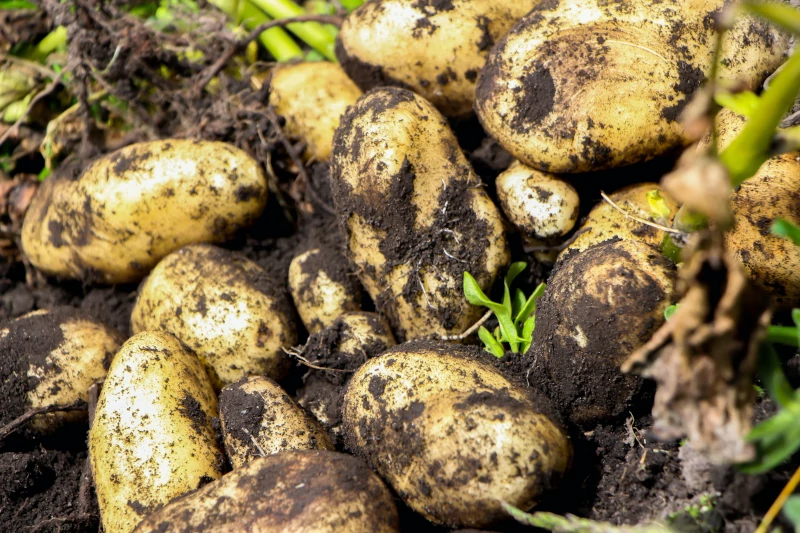
Exploring Peru’s colorful potato landscape
Peru boasts an astonishing array of potato varieties, with over 3,000 types cultivated across the country. This diverse potato landscape is a result of Peru’s unique geography and climate. From the Andean highlands to the coastal lowlands, each region has its own potato treasures.
The various colors, shapes, and sizes of Peruvian potatoes are a feast for the eyes. Ranging from the vibrant purple of the “papa morada” to the yellow peel of the “papa huamantanga,” the visual diversity is astounding. Each variety also has its distinct flavor and texture.
The “papa amarilla,” or yellow potato, is a beloved variety in Peru. With its buttery taste and creamy texture, it is ideal for dishes like “causa,” a cold potato terrine with avocado and chicken. The yellow potato’s versatility makes it a favorite among chefs and home cooks alike.
Another popular variety is the “papa seca,” or dried potato. Traditionally produced in the Andes, this dehydrated tuber has a long shelf life. It can be rehydrated for dishes like “carapulcra,” a flavorful stew made with pork, chilies, and peanuts.
The “oca” and “olluco” are two lesser-known tubers in the potato family. With their vivid colors and unique shapes, they add visual appeal and nutritional value to traditional Peruvian dishes. They are often served in soups, stews, and salads.
In recent years, the global culinary scene has embraced Peruvian cuisine, showcasing the country’s unique potato varieties. Renowned chefs have experimented with these tubers, creating innovative dishes that highlight their distinct characteristics.
Peru’s potato landscape is a testament to the country’s rich agricultural heritage. The multitude of varieties not only reflects the diverse geography but also the ingenuity of Peruvian farmers. These tubers have adapted to different altitudes, climates, and soils, making Peru the true homeland of the potato.
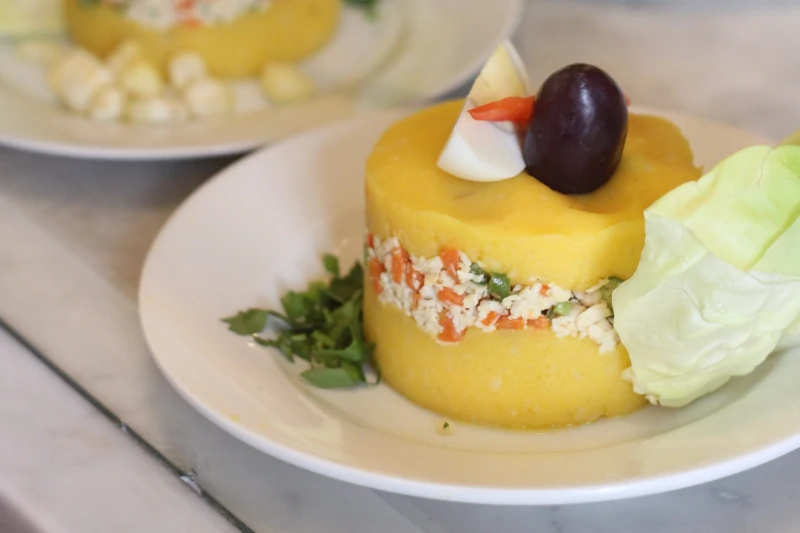
Iconic Peruvian dishes that celebrate the potato
Peruvian cuisine is a melting pot of flavors and ingredients, with the potato holding a starring role in many dishes. Its adaptability and versatility make it the perfect canvas for culinary creativity. Here, we explore iconic Peruvian dishes that celebrate the potato.
“Lomo saltado”, a popular national dish, is a fusion of Peruvian and Chinese flavors. This stir-fry combines marinated beef, vegetables, and fried potatoes, showcasing the potato’s ability to absorb and enhance diverse flavors.
“Papa a la Huancaína” is a popular appetizer, featuring boiled potatoes smothered in a creamy, spicy cheese sauce called “salsa huancaína”. Often served over lettuce with olives and hard-boiled eggs, this dish highlights the potato’s ability to absorb bold flavors.
Peruvian potato is also a key ingredient in stews. “Carapulcra” is a traditional Andean stew made with dried potatoes, pork, chilies, and peanuts. The dried potatoes, or “papa seca,” give this dish its unique texture, showcasing the potato’s adaptability in different forms.
Another traditional Peruvian stew is “Aji de gallina”. This dish is a creamy, spicy chicken stew that often incorporates potatoes. The mildness of the potatoes complements the complex flavors of the sauce, creating a satisfying and filling meal.
Potatoes are also presented as a garnish for traditional dishes such as “Rocoto Relleno” and “Cuy al horno”. “Rocoto relleno” hails from the city of Arequipa and features stuffed peppers filled with a mixture of ground meat and vegetables. The potato’s role as an accompaniment in this dish demonstrates its multifunctionality in Peruvian cuisine.
“Cuy al horno” is a traditional dish featuring guinea pig, a protein source in the Andean region, served with potatoes. The potatoes help balance the rich flavors of the guinea pig, creating a delicious harmony on the plate.
Overall, the potato’s journey from staple to star in Peruvian cuisine is a testament to its culinary potential. From appetizers to main courses, the potato shines in various forms, highlighting the depth and creativity of Peru’s gastronomic landscape.


